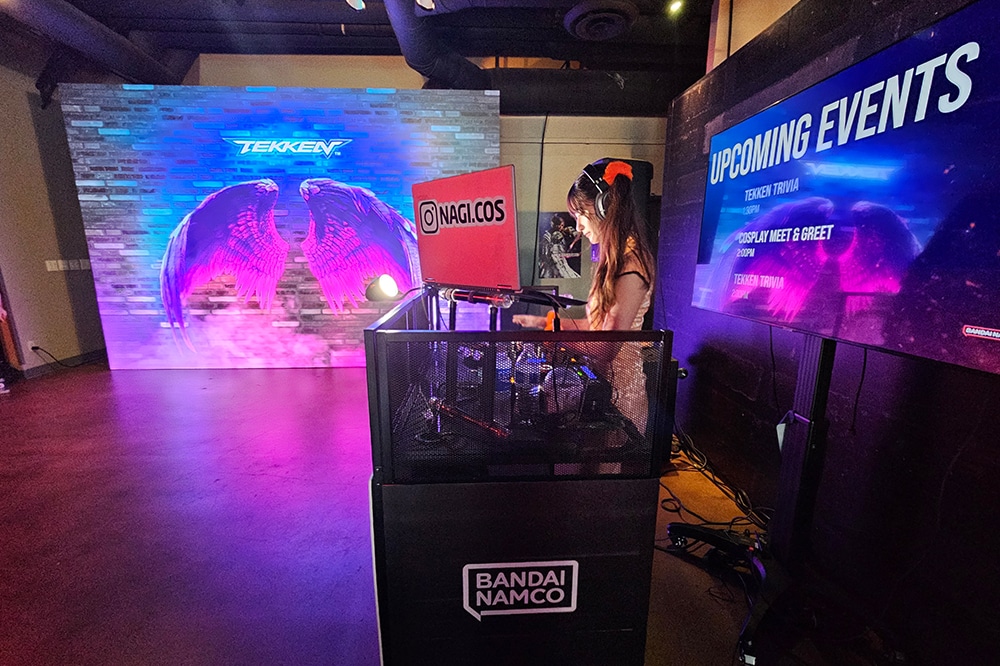Investigating the Durability of LED Display Panels in Comparison to Conventional Display Technologies
Investigating the Durability of LED Display Panels in Comparison to Conventional Display Technologies
Blog Article
Light-emitting diode wall screens have become increasingly favored in current years, particularly in environments like educational institutions, businesses, and public areas. These screens use light-emitting diodes (LEDs) to produce vivid and lively visuals. One of the most significant advantages of LED innovation is its durability compared to traditional screen methods, such as CRT tube monitors (CRTs) and liquid crystal screens. Grasping the differences in lifespan and performance between these options can assist buyers make knowledgeable decisions about their display needs.
Classic screen technologies, like CRTs, have been present for many decades. They were frequently used in televisions and PC monitors. However, CRTs have a shorter duration, typically lasting approximately 10,000 to 20,000 hrs of use. This means that after a couple years, users may notice a deterioration in picture quality, such as dimming or hue deformation. In comparison, LED wall screens can last considerably longer, often exceeding 50,000 hrs. This extended duration means that users can enjoy consistent functionality without the need for frequent substitutions.
Another crucial factor to take into account is power efficiency. LED wall screens consume less energy than conventional displays, which not only helps the ecosystem but also lowers power costs. For instance, while a CRT screen may use around 100 W of energy, an LED screen can use as little as 30 to 50 W. This discrepancy in power usage contributes to the total longevity of LED innovation, as lower power usage generates minimal heat. Excessive thermal energy can harm electrical parts, leading to a shorter duration for traditional displays.
In addition to their extended duration and energy efficiency, LED panel screens also offer superior image clarity. They offer more vivid colors and improved differentiation, making them ideal for multiple uses, from advertising to educational displays. The innovation behind LED screens allows for visit this site a wider sight angle, meaning that images remain sharp and lively even when viewed from the side. This is a major benefit over traditional displays, which frequently experience from color deformation and diminished brightness at wider angles.
In summary, the durability of LED wall panels in contrast to conventional screen methods is a crucial aspect for consumers to consider. With lifespans that can surpass 50,000 hrs, power conservation, and enhanced visual quality, LED technology offers many advantages. As technology continues to progress, LED wall panels are probably to turn even more prevalent in various settings. Grasping these distinctions can assist people and organizations make improved choices when investing in display technology, ensuring they get the optimal worth for their requirements.